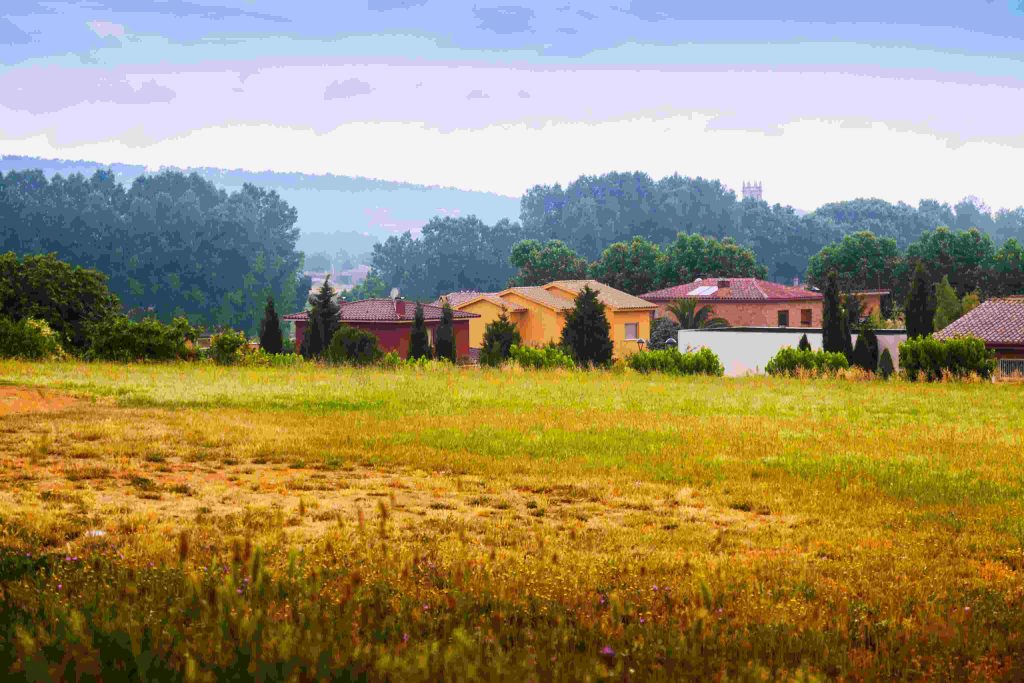In recent years, the appeal of rural real estate has surged as investors look for new opportunities to diversify their portfolios. Rural real estate represent a promising sector with a unique blend of potential returns and inherent risks. As traditional urban investments face saturation, the countryside offers a fresh horizon for those willing to explore it. This evolving landscape requires a comprehensive understanding of the factors driving the market and the strategies.
The potential for growth in the rural real estate market is substantial. Investors are drawn to its promise of capital appreciation and income generation through agriculture and ecotourism. These areas have demonstrated resilience, even in uncertain times, as people seek alternatives to overcrowded cities. However, successful navigation of this domain requires identifying the right opportunities and understanding the variables that can enhance the value of rural land holdings.
Factors driving rural real estate appreciation

Several elements contribute to the increasing allure of countryside real estate. A shift in lifestyle preferences plays a significant role, with more people opting for tranquility and open spaces. Additionally, advancements in technology and infrastructure have made remote work and living feasible, further propelling interest in rural areas. As urban centers become more congested, the appeal of rural retreats continues to rise, driving demand for properties that offer sustainable living and investment potential.
Another key driver is government incentives promoting agricultural development and renewable energy projects. These initiatives can boost land value while offering investors additional revenue streams. Understanding regional policies and market trends is crucial for those looking to capitalize on these opportunities. The combination of demand surge and supportive measures makes rural real estate an attractive proposition for astute investors.
Understanding the risks and challenges
Despite the promising outlook, investing in rural real estate isn’t without its challenges. Factors like land use regulations, environmental constraints, and access to essential services can impact the feasibility and profitability of rural investments. Investors must conduct thorough due diligence to identify any potential obstacles or liabilities associated with a specific property. Engaging with local experts and stakeholders can provide insights into the area’s dynamics, helping to mitigate risks.
Moreover, market volatility and natural events, such as extreme weather, can affect agricultural productivity, posing a risk to income stability. Diversifying income streams and developing contingency plans are vital for managing these uncertainties. A strategic approach, coupled with comprehensive research, can help investors navigate the complexities of rural property investment, minimizing potential downsides.
Strategies for long-term profitability
To transform rural holdings into profitable ventures, strategic planning is essential. Diversifying the use of land, such as combining farming with ecotourism or renewable energy projects, can enhance revenue prospects. Sustainable practices not only boost the property’s ecological value but also increase its attractiveness to a wider market.
Investors should also consider leveraging technology to improve operational efficiency and productivity. Precision agriculture, for instance, can optimize resource use and enhance crop yields. Implementing these innovations can lead to a competitive edge, maximizing long-term profitability. Creating a comprehensive investment plan that incorporates risk management strategies will ensure that rural properties continue to deliver value over time.
Conclusion on investing in rural real estate
Investing in rural real estate presents a compelling opportunity for forward-thinking investors. While it requires a nuanced approach and a keen understanding of market dynamics, the potential rewards are significant. By carefully considering the factors influencing property valuation and implementing strategic plans to overcome challenges, investors can unlock the potential of rural land as a lucrative asset class.
As the world continues to embrace sustainability and decentralized living, rural real estate stand poised to become an integral part of modern investment strategies. In conclusion, those who conscientiously evaluate and engage with rural investments stand to benefit from not only financial returns, but also the satisfaction of contributing to sustainable communities and agricultural innovation.

